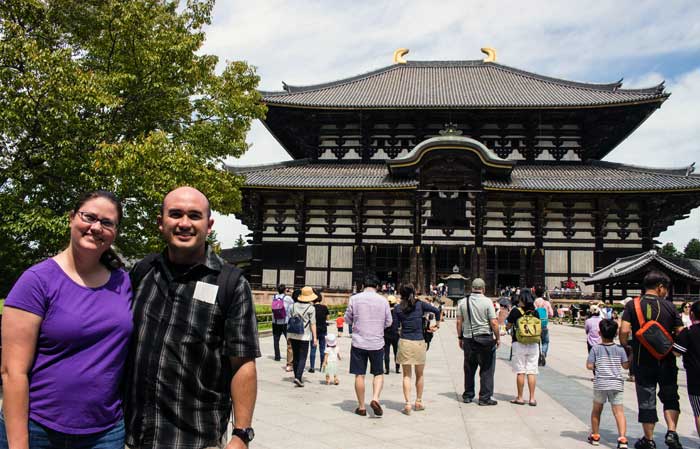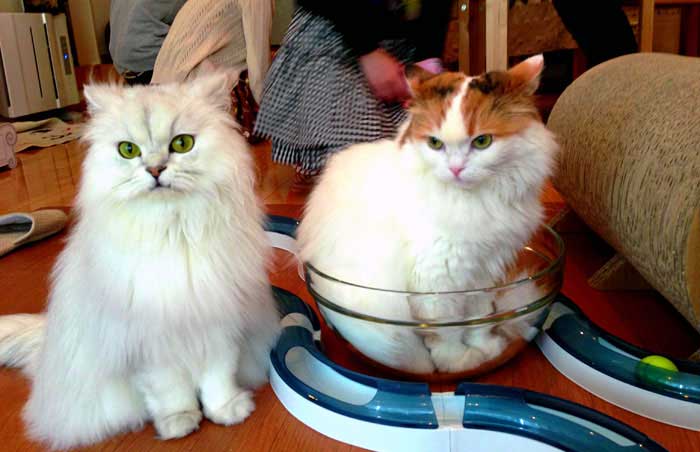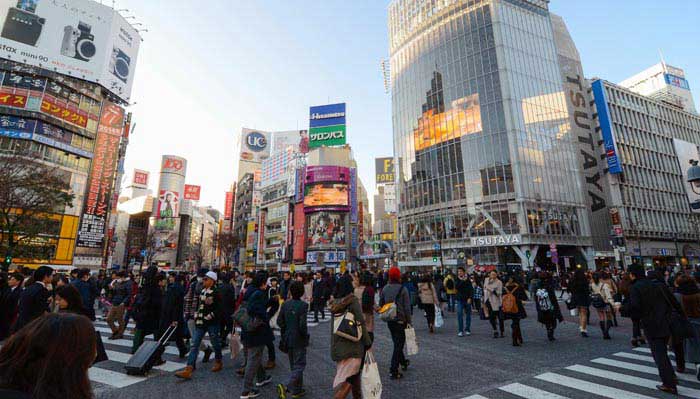A trip to Japan is a pleasure for one and all, before stepping into the country, just have a glance about the code of etiquette which is considered as very important among Japanese people. One has to appreciate the Japanese people by preserving their traditions and Manners from the ancient times. Japanese culture is fascinating and at the same time inscrutable for the first time travelers to accustom for the etiquette of the Japanese.
How to Greet People in Japan?
Japan has a unique culture of greeting people. Bow your head to greet someone. A small bow of the head indicates a casual greeting. A small nod of the head is suffice for thanking, requesting, apologize and for favor also. Shaking hands is very uncommon, and it is best for you to wait if the other person offer their hand. Keeping your palms upto the chest level and bowing is not common greeting for the Japanese people.
Etiquette While Giving Gifts
Giving gifts is a common culture of Japanese people. Gifts are given usually in different occasions like returning from a trip, changing the house, for seasonal changes and so on. You have to pay attention while giving a gift to Japanese people. Make sure before giving a gift that it has to be properly wrapped and remember that gifts in four sets must be avoided, because number four is considered an unlucky number for Japanese people. In Japan people use the number four for "death". It is very important for one to remember that while giving or receiving a gift, handle it with two hands. For the first time visitors, it is the best idea to keep small gifts from their native country to distribute someone in their trip. A simple nod and a small gift from your home country is highly appreciable. Giving gifts on special occasions like birthdays and festivals is not Japanese tradition. However with some western influence, some families are exchanging gifts on special occasions also.
Exchanging Business Cards
For formal introduction, it is better to exchange a name card with your two hands. It is always suggestible to stand and exchange the business cards with higher rank people. Place the card in your shirt pocket or in a wallet if you meet any one while you are passing. A small bow is suffice to give or receive a card from Japanese people.
Public Observance
You must be very polite when you are travelling in a public transport. Mobile phones are kept in silent mode, not to disturb fellow passengers. You are not supposed to speak loudly in public places. Follow queue while boarding a train, to guide the people, passenger lines are drawn on the platforms. It is very barbaric if you blow your nose in public. Always better use masks if you have cold.
Visiting temples and shrines
Behave very gently and respectfully in temples. Just throw a coin into the offering tray, followed by a prayer. You are asked to remove your shoes while entering into the temple. Many temple authorities permit you to take photographs, but in some place you are not supposed to. Better watch the sign before you enter the temple. While visiting a shrine if you are sick, you are not permitted, because Japanese tradition indicates that it is a cause of impurity. So, if you are sick or having any open wound better not to visit a shrine.
Eating Habits
There are things to remember when you are using chopsticks. Some of your actions may be associated with the funeral actions, for example, don't leave chopsticks in a rice bowl straight upright . You have to hold your chopsticks at the end not in the middle. Don't point anybody with your chopsticks. Do not use chopsticks to spare your food. You are not supposed to play with the chopsticks even after you finished your eating, just lay them down with tips to left on the table in front of you.
Simple and basic formalities make your trip enjoyable. Follow the Etiquette tips and enjoy the trip.




